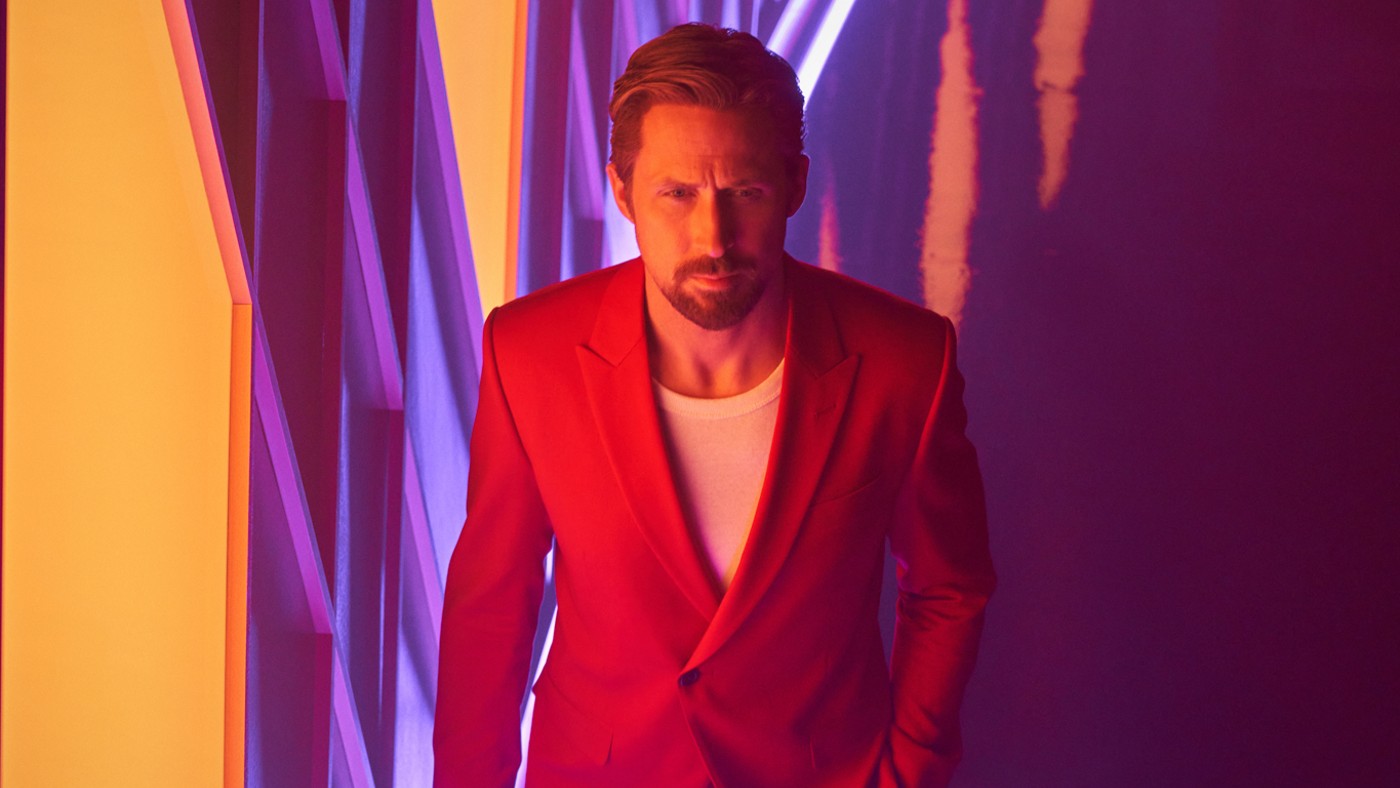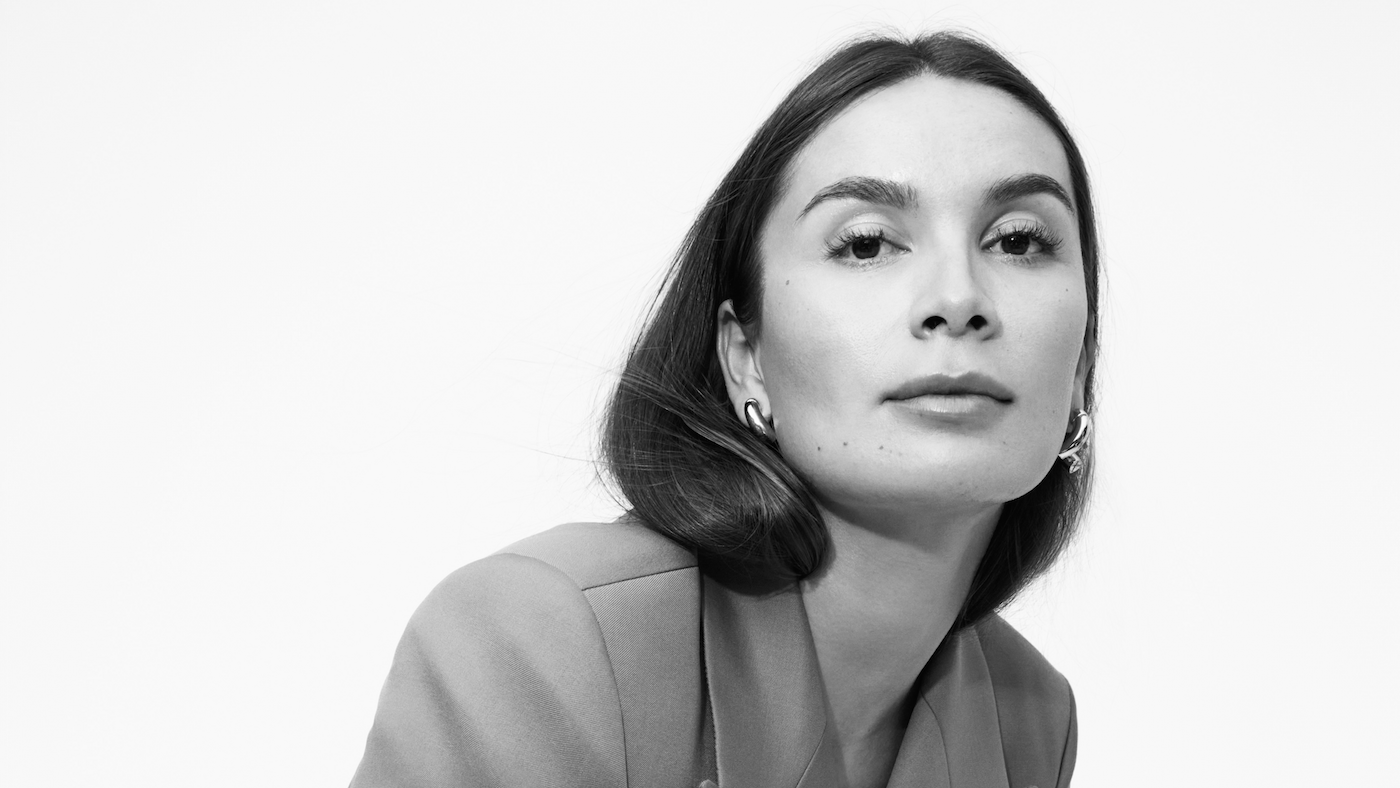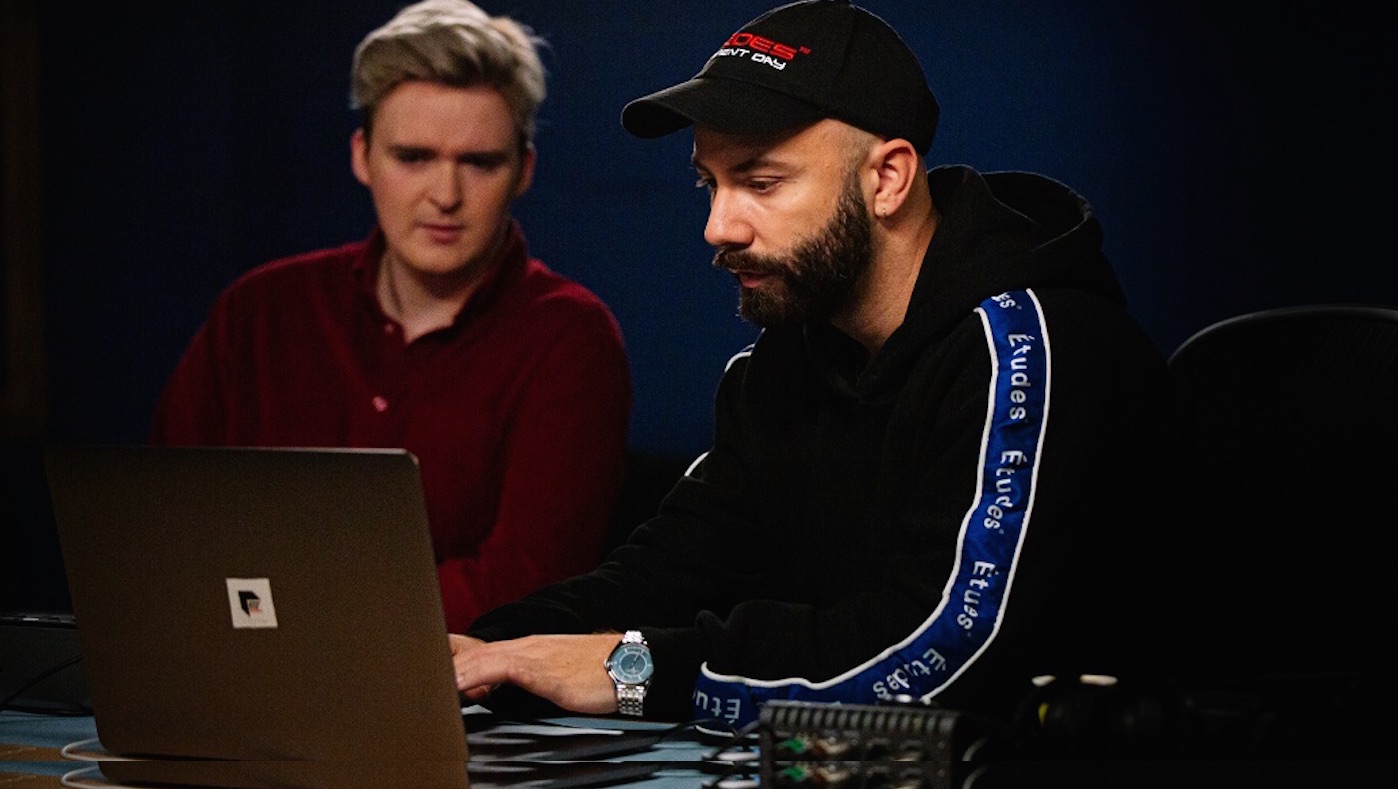The many faces of Eddie Redmayne
Costume is just one of the ways the Oscar-winning actor gets into character

On the phone calling from Los Angeles, the English actor Eddie Redmayne is expounding the importance of preparation to his craft. “Prep is important to me, because I have to get rid of all the technical elements of playing someone, particularly if it’s a real person, long before I arrive on set to rehearse with the director or the other actors, in order that it’s second nature by that point,” he said. This way of working Redmayne can trace back to portraying Stephen Hawking in a 2014 film directed by James Marsh. The 40-year-old’s turn as the theoretical physicist then gained a number of industry accolades, including his Academy Award for best actor. “When I did The Theory of Everything was the time when I realised that I need a long runway,” he added.
Redmayne, who made his acting debut in London’s theatres and has since been cast to star in stage plays, on television and in films produced for the cinema, has to date read, studied and then brought to life a range of characters. His parts have encompassed both fictional personae and profiles drawn from real life and set against real life events. How, once in front of audiences or a camera’s lens, does Redmayne embody a character that has been scripted on paper?
First, there is the matter of how much time Redmayne and fellow members of the cast are given to fine-tune their individual parts and to then work out how they might interact with each other. It’s a process, in a way a type of conceptualising, that Redmayne begins early on. “I am someone who, the second I commit to something, I start thinking about it,” he said.
The Week
Escape your echo chamber. Get the facts behind the news, plus analysis from multiple perspectives.

Sign up for The Week's Free Newsletters
From our morning news briefing to a weekly Good News Newsletter, get the best of The Week delivered directly to your inbox.
From our morning news briefing to a weekly Good News Newsletter, get the best of The Week delivered directly to your inbox.
Production times, and the time it takes for a production to eventually kick off, vary depending on individual projects; most recently, Redmayne enjoyed the in-depth and inclusive approach of Tobias Lindholm. The Danish director formed part of the team behind The Good Nurse, a drama with screenplay by Krysty Wilson-Cairns retelling the crimes of nurse and serial killer Charles Cullen and his relationship to fellow nurse Amy Loughren, his friend. Six years before filming commenced, Redmayne had signed on to play Cullen, starring opposite Jessica Chastain in the role of Loughren.

When The Good Nurse began production, the film’s director asked his cast to first rehearse together, as an ensemble, for four weeks. “It was a month of Jessica, Tobias and I going to nurse school, working through the intricacies of the script, rehearsing elements of the film,” Redmayne detailed. And even before Lindholm’s preparations commenced, Redmayne had worked on his part for a couple of months. “I’d done maybe two or three months with my dialect coach and a wonderful dancer called Alexandra Reynolds, who I work with on movements.”
‘Clothing always tells so many stories’
To play Cullen, Redmayne also studied Charles Graeber’s 2013 true-crime book The Good Nurse: A True Story of Medicine, Madness, and Murder, which combines an account of Cullen’s crimes with biographical notes and psychoanalytic reports. “Everything that you could possibly want as an actor was there,” Redmayne said of the publication. He also watched and re-watched footage of Cullen on trial. “She was the greatest insight into the film,” Redmayne said of Loughren, with whom he spent time to speak through her experiences and first-hand impressions of Cullen.
In the lead-up to filming or an opening night, what else does Redmayne use to define a role? What are his tools, his aide-mémoires? There are the costumes, a wardrobe of clothing assembled and decided on alongside a production’s design team. All form part of Redmayne’s realisation of a part. There is a completism to his method. “For me, the threads are everything within the process, like the process of layering a character, whether it’s through the vocal, the emotional, the physical, and then the look, those things all work sort of symbiotically, really,” he said. “In The Good Nurse, costume weirdly was essential.”
A free daily email with the biggest news stories of the day – and the best features from TheWeek.com

Redmayne and the film’s costume designer Amy Westcott took cues from footage of Cullen. “Amy and I spoke a lot about how Cullen, if you look at the footage of him, was endlessly self-soothing. So, he was always touching the fabrics – he wore these soft jumpers and cardigans.”
A nurse, Cullen spent much of his time dressed in hospital scrubs, a simple uniform that Westcott used as a narrative tool. “Amy did this clever thing: even though it’s one colour of scrubs the whole way through the film, actually there are about 12 or 15 different sets of scrubs all with the colour slightly more bleached out,” he said. “And so, as this character becomes more and more invisible, as it were, she’s doing the same with the costume. I’ve been lucky enough over the years to get to meet many fashion designers and clothing makers and what I love is hearing their sort of artistry. Costume is always interesting. Clothing always tells so many stories.”
‘Costumes become another skin’
Collaborating with designers, stylists or a wardrobe team is also part of Redmayne laying the groundwork. “The process is always fluid and it depends on who the artists you’re working with are,” he said. “But I need to work quite early on in the process with those people.” Case in point: Redmayne as the Emcee opposite Jessie Buckley’s Sally Bowles in Cabaret, a “passion project” that when it opened last December to rave reviews, marked the actor’s triumphant return to the theatre stage.

The ensemble had started rehearsing around September last year; several months before that, Redmayne had scheduled workshops with the show’s choreographer, Julia Cheng. These were also attended by Cabaret’s production designer Tom Scutt. “And through watching those sort of early embryonic stages, Tom created drawings and then we had a discussion,” Redmayne recalled. “We were endlessly throwing images back and forth on WhatsApp to each other to try and configure a sense of the character in tandem, as it were. They are very much his designs, but he was always showing them to me at each stage in order to make sure that we were aligned. And I find that really helpful, so that those costumes become another skin to the character rather than a costume.”
For Cabaret, Scutt envisioned Redmayne’s Emcee as dressed in a bejewelled, iridescent skeleton suit detailed with claw-like fingernails, singing that “money makes the world go round” or a Pierrot clown get-up. The latter, alongside the costumes he donned in fantasy franchise Fantastic Beasts with their shrunken proportions and nod to the contemporary work of American fashion designer Thom Browne, count among the designs Redmayne finds to be most memorable among his repertoire.
‘Elegance and uniqueness’
On stage and screen, and as all items of clothing invariably do, both his Pierrot costume and the tailoring of Fantastic Beasts guided the way Redmayne moved, his physicality once in character. It’s something he is aware of and has incorporated into his prep since. “On The Good Nurse, I was making sure that I was rehearsing in scrubs,” he said. “It’s finding how your body feels in them.” He had noticed Cullen’s posture, which he today likens to a question mark. “And so, the exposing of his neck was quite important to me. I wanted to have a sort of a long, suspended neck that could always arch like a question mark.”

In The Theory of Everything, Redmayne and costume designer Steven Noble used proportions and volumes to portray Hawking’s journey. “We tried on hundreds and hundreds of costumes,” Redmayne remembers. “It was all about portion, about wearing oversized things the moment that you wanted him to sort of disappear and appear small within the context.”
On set with photographer Nikolai von Bismarck, Redmayne models menswear designed by Kim Jones for Dior. A coat is anointed favourite. “I remember there was a particular overcoat that I absolutely adored,” he said. “It had these sorts of epaulettes and there was such an elegance and uniqueness to Kim Jones’s tailoring. It just feels so different to anything else that I wear. And so specific to him.” He also drew some similarities between the work of the fashion designer and his own occupation. “You know, for me when I’m playing a real character, often I’ll go to The National Gallery or read others’ interpretations of those people. Similarly, you know, you talk to Kim Jones at Dior, and it’s the Bloomsbury group that are inspiring him. We're always looking for cross fertilisation, that’s what makes everything so rich, I think.”
Image credits
- All clothing: Dior
- All watches: Omega
- Fashion: Harry Lambert
- Photographer: Nikolai von Bismarck
- Grooming: Petra Sellge
- Fashion assistant: Ryan Wohlgemut
-
 The best spy thrillers to stream now
The best spy thrillers to stream nowThe Week Recommends Heart-pounding espionage shows from Down Cemetery Road to The Agency
-
 Getting dressed with Ryan Gosling
Getting dressed with Ryan Goslingfeature In an exclusive interview, the Canadian actor talks clothes, costumes and watches
-
 Frank Ocean speaks jewellery: ‘there are few jewellers who look like me’
Frank Ocean speaks jewellery: ‘there are few jewellers who look like me’feature In a rare interview, the American charts the rise of his luxury brand Homer
-
 The energising allure of Tabayer jewellery
The energising allure of Tabayer jewelleryfeature Miami-based founder Nigora Tokhtabayeva discusses her talismanic creations
-
 Music for the times: Vacheron Constantin joins forces with Woodkid
Music for the times: Vacheron Constantin joins forces with Woodkidfeature French music star Woodkid talks about a new venture to support young talent
-
 Cece Jewellery: tattoos of a different kind
Cece Jewellery: tattoos of a different kindfeature The 18ct vintage-inspired pieces by British goldsmith, Cece Fein Hughes, are a lesson in symbolism
-
 Jeweller Maria Sole Ferragamo and her soulful SO-LE Studio
Jeweller Maria Sole Ferragamo and her soulful SO-LE Studiofeature Magical designs take shape from unwanted sustainable materials
-
 Brave heart: tracing Louis Vuitton’s biography in gems
Brave heart: tracing Louis Vuitton’s biography in gemsfeature Francesca Amfitheatrof explains her latest muse – Louis Vuitton, himself

